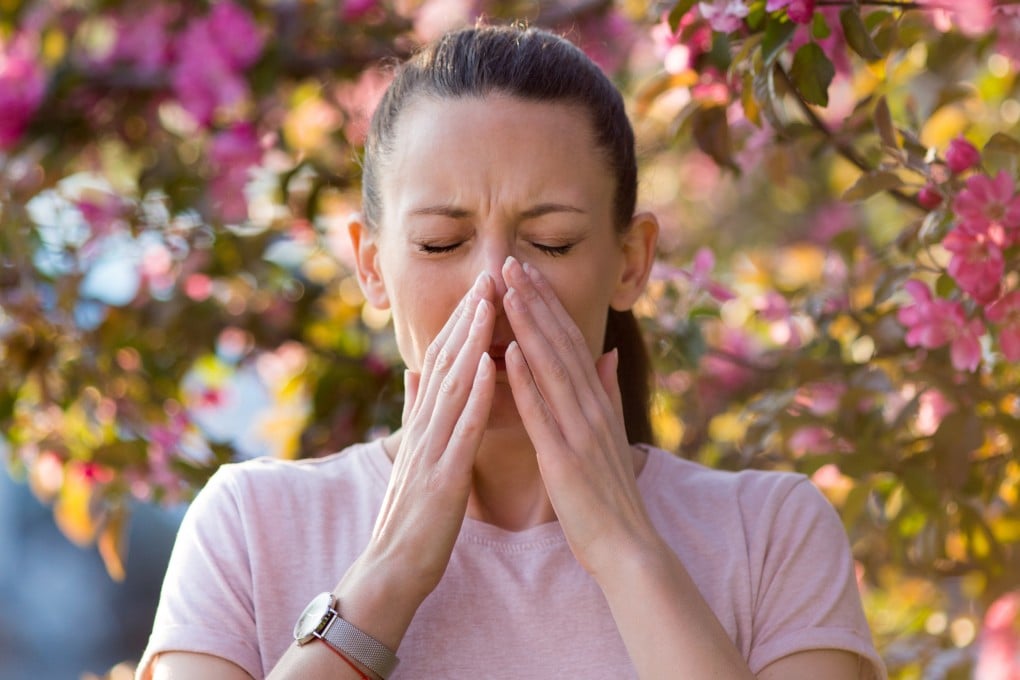Explainer | What you need to know about allergies – their causes, symptoms, treatment, and ways to avoid them; a specialist explains
- Dr Adrian Wu says allergy ‘season’ differs depending on climate and environment; in Hong Kong, the onset of high humidity heralds dust-mite breeding
- While pollen is a cause of allergies in parts of the world, dust mites are the bigger problem in Hong Kong; dehumidifiers and hot water are weapons of choice

Spring season is in full bloom in many parts of the world, including North America and Europe. While many people admire the flowering trees, those who suffer allergies are blowing their noses, scratching their eyes and sneezing.
What causes allergies?
An allergy occurs when the body’s immune system perceives a substance, like pollen, as harmful – even though it is harmless to most people – and overreacts to it, the Asthma and Allergy Foundation of America explains.

Hong Kong-based specialist in immunology and allergy Dr Adrian Wu notes that the pattern of allergy seasons across continents is diverse, and depends on climate and environmental conditions. Hong Kong, a small place, tends to be more homogeneous.
The most common cause of allergies here, says Wu, is the house dust mite, which lives in bedding, clothing and soft furnishings including carpets, curtains, pillows and duvets. The cause is proteins in dust-mite droppings, and – later – the dead mite carcasses.